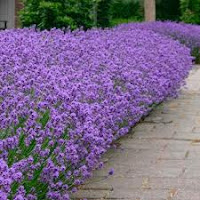
This delicately-flowered hardy perennial adds a touch of class to any shady-ish border. It has masses of white flowers in summer and fiery red/ orange leaves in autumn.


























You will need the following materials:
Then just follow these steps:
The key to this project is diligently checking and refining the horizontal and vertical levels and carefully spacing the posts for the trellis roof.
For more good plants and gardening tips click here:http://greenshootsgardeningandhorticulture.blogspot.com/ and check out the archive at the bottom of the page.





I came across this annual opium poppy variety by pure fluke. My brother-in-law felled some conifers and turned over the soil beneath them and hey presto a huge swathe of lilac coloured poppies came up. He gave me some seeds.
Originally, I thought it was a variety called purple peony but was wrong. This is a truely floriferous and huge annual poppy that you grow from seed.
It will grow and seed itself everywhere although it prefers full sun and well drained soil. Just remove the young seedlings you don't want and or move them to where you want them. Do this carefully as they seem to resent root disturbance.
For more good plants and gardening tips click here:http://greenshootsgardeningandhorticulture.blogspot.com/ and check out the archive at the bottom of the page.

















